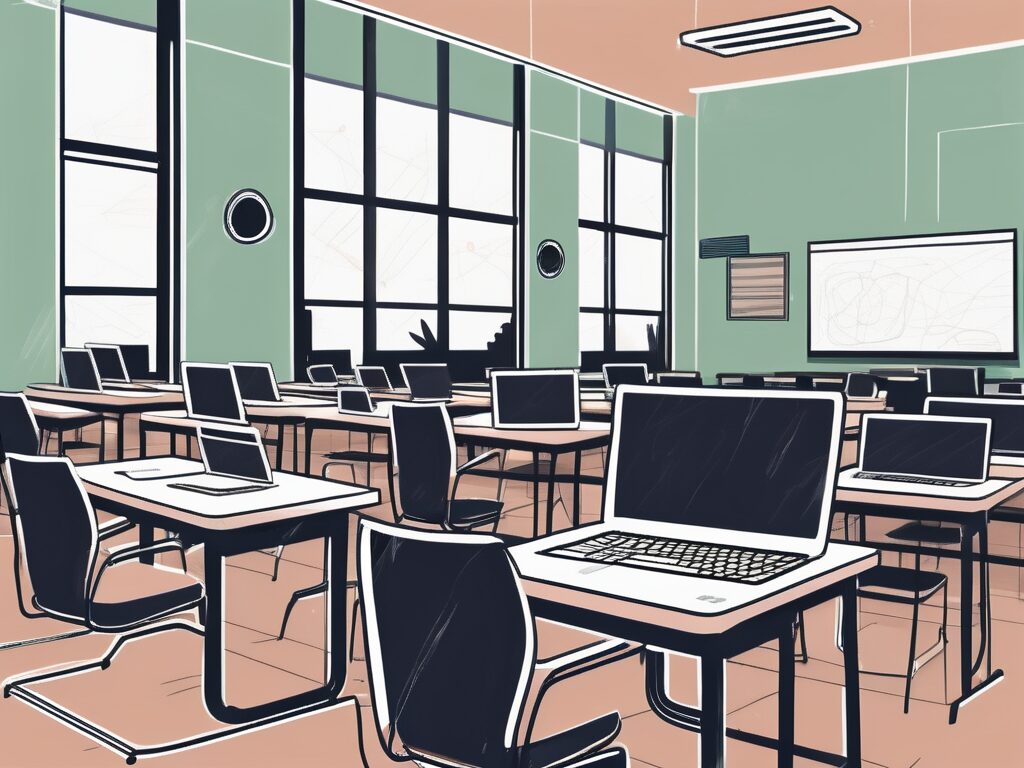The integration of technology in education has become a global trend, and Indonesia is no exception. As the world’s fourth most populous country, Indonesia has a vast and diverse educational landscape. The incorporation of technology in classrooms across this archipelago is not just a fancy trend, but a necessity to prepare the younger generation for a future driven by digital innovation.
The Current State of Technology in Indonesian Classrooms
Before we delve into the hows and whys of integrating technology in Indonesian classrooms, it’s essential to understand the current scenario. Like a cricket match in the middle of the innings, there are some runs on the board, but there’s still a long way to go.
Indonesia has made significant strides in digital infrastructure over the past decade. Internet penetration has grown exponentially, and mobile technology is now ubiquitous. However, the adoption of technology in education is still in its nascent stages. It’s like having a shiny new smartphone but using it only to make calls and send texts.
Urban vs Rural Divide
The urban-rural divide is a significant factor in the adoption of technology in Indonesian classrooms. In cities like Jakarta and Surabaya, schools are more likely to have access to the internet and digital devices. It’s akin to the difference between a bustling city centre and a quiet countryside village in terms of amenities and facilities.
In contrast, rural schools often lack the necessary infrastructure. The challenge is not just about providing devices but also ensuring reliable internet connectivity. It’s like trying to play a high-definition video game on a dial-up connection; the experience is far from ideal.
Why Integrate Technology in Classrooms?
Now that we’ve set the scene let’s delve into why it’s crucial to integrate technology in Indonesian classrooms. It’s not just about keeping up with the Joneses (or in this case, the Singapores and the South Koreas). There are tangible benefits to be reaped.
Firstly, technology can make learning more engaging and interactive. Think of it as the difference between reading a recipe in a book and watching a cooking show on television. The latter not only demonstrates the process but also adds an element of entertainment.
Secondly, technology can provide access to a wealth of information and resources beyond the confines of a physical textbook. It’s like having a library at your fingertips, available anytime, anywhere.
Finally, technology can help prepare students for a digital future. As the world becomes increasingly interconnected and industries become more tech-driven, digital literacy is no longer a luxury but a necessity. It’s akin to learning a new language in a globalised world.
How to Integrate Technology in Classrooms?
Now, let’s get down to the nitty-gritty: how to integrate technology in Indonesian classrooms. It’s not as simple as handing out tablets to students and calling it a day. It requires a comprehensive and strategic approach.
Firstly, there needs to be investment in infrastructure. This includes not only devices but also reliable internet connectivity. It’s like building a house; you need a solid foundation before you can start decorating.
Secondly, there needs to be training for teachers. They need to be comfortable with using technology and understand how to incorporate it into their teaching methods. It’s similar to learning to drive a new car; you need to understand how it works before you can hit the road.
Finally, there needs to be a shift in mindset. Technology should not be seen as a replacement for traditional teaching methods but as a tool to enhance them. It’s like adding a pinch of salt to a dish; it doesn’t change the main ingredients but enhances their flavours.
Challenges and Solutions
Integrating technology in Indonesian classrooms is not without its challenges. However, like a complex puzzle, it’s not impossible to solve with the right strategies.
The urban-rural divide, as mentioned earlier, is a significant challenge. However, initiatives like mobile learning centres and satellite internet can help bridge this gap. It’s like delivering groceries to a remote village; it requires innovative solutions but is not impossible.
Another challenge is the lack of digital literacy among teachers. This can be addressed through comprehensive training programmes and ongoing support. It’s like teaching someone to swim; it requires patience and practice but can be achieved with the right guidance.
Finally, there’s the issue of cost. Technology can be expensive, but there are ways to mitigate this. For instance, schools can opt for open-source software or refurbished devices. It’s like shopping at a discount store; you can find quality products without breaking the bank.
Conclusion
Integrating technology in Indonesian classrooms is a journey, not a destination. It requires ongoing effort and adaptation. However, the potential benefits make it a worthwhile endeavour. Like planting a seed, it requires time and care, but the resulting growth can be remarkable.
As Indonesia continues to stride forward in the digital age, the integration of technology in classrooms will play a crucial role in shaping the country’s future. It’s like steering a ship; the direction we choose now will determine where we end up.
Take the Next Step in Educational Technology with IPGCE
As Indonesia embraces the digital revolution in classrooms, educators must be at the forefront of this transformation. IPGCE offers a unique opportunity to enhance your qualifications and become a leader in integrating technology in education. With our International Postgraduate Certificate in Education, you’ll experience professional growth, increased job opportunities, and join a vibrant global network of educators. Don’t let inadequate credentials or isolation hold you back. Embrace the future of teaching and Join the UK’s #1 Teacher Training Course today to unlock your potential and steer your career towards success.

